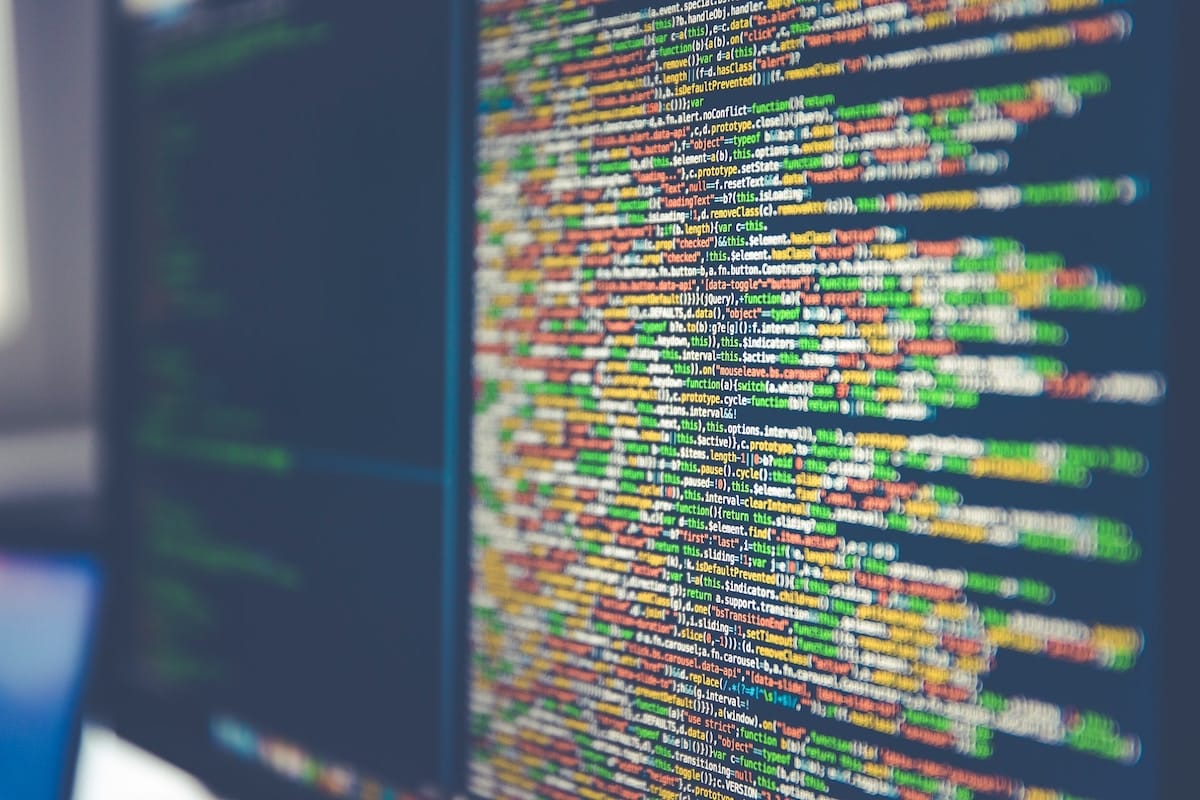Table of Contents
In the rapidly evolving world of technology, the Internet of Things (IoT) has emerged as a groundbreaking concept. With the proliferation of interconnected devices, there is a growing need for secure and efficient data exchange. IOTA, a distributed ledger technology, offers a compelling solution for the challenges faced by IoT and machine-to-machine (M2M) transactions. In this article, we will delve into the intricacies of IOTA and explore its potential for revolutionizing the way devices communicate and transact securely. Start your trading journey with confidence by using a trusted website like syntrocoin.io.
What is IOTA?
IOTA is a distributed ledger technology specifically designed for the IoT ecosystem. It utilizes a unique architecture called the Tangle, which differs from the traditional blockchain used by cryptocurrencies like Bitcoin and Ethereum. The Tangle is a directed acyclic graph (DAG) where transactions are linked together, forming a decentralized network.
How does IOTA work?
Unlike traditional blockchains, IOTA does not rely on miners to validate transactions. Instead, every participant in the network who wants to perform a transaction must validate two previous transactions. This mechanism ensures that the network remains highly scalable, feeless, and resistant to centralization.
The absence of transaction fees is a significant advantage of IOTA, especially in the context of IoT and M2M transactions. In a world where billions of devices exchange data and value, removing transaction fees eliminates barriers and enables microtransactions to occur seamlessly.
The Benefits of IOTA
- Scalability and Speed
One of the primary advantages of IOTA is its scalability. As the number of devices in the IoT ecosystem continues to grow exponentially, traditional blockchain networks struggle to handle the increasing transaction volume. IOTA’s Tangle architecture, on the other hand, becomes more efficient as the number of participants and transactions increases, making it highly scalable.
- Additionally, IOTA offers fast transaction confirmation times. Since each participant must validate two previous transactions, the more activity on the network, the quicker transactions get confirmed. This rapid confirmation time is crucial for real-time applications and enables efficient M2M communication.
- Security and Data Integrity
Another key aspect of IOTA is its emphasis on security and data integrity. Through the use of cryptographic algorithms, IOTA ensures the confidentiality and integrity of transactions. Moreover, the decentralized nature of the Tangle makes it resistant to attacks and manipulation. Each transaction strengthens the security of the network, creating a robust ecosystem for secure and trustworthy communication.
- Feeless Transactions
As mentioned earlier, IOTA’s feeless transactions provide a significant advantage in the IoT landscape. The absence of transaction fees allows for frictionless microtransactions, enabling various innovative business models. Devices can exchange value seamlessly, opening up new possibilities for revenue generation and cost optimization.
Real-World Applications
IOTA’s unique features make it well-suited for a wide range of applications across different industries. Here are a few examples:
- Supply Chain Management
IOTA’s secure and tamper-proof transactions make it ideal for supply chain management. With IOTA, companies can track and verify the movement of goods, ensuring transparency and authenticity throughout the supply chain. The decentralized nature of the Tangle adds an extra layer of security, reducing the risk of fraud and counterfeiting.
Smart Cities
Smart cities leverage IoT devices to enhance efficiency and sustainability. With IOTA, cities can establish decentralized networks where devices interact seamlessly, sharing data and resources. This interconnected infrastructure enables efficient management of resources like energy and transportation systems, leading to improved quality of life for residents.
- Energy Sector
IOTA’s feeless transactions and scalability have significant implications for the energy sector. The technology can facilitate the integration of renewable energy sources and enable peer-to-peer energy trading. With IOTA, energy producers can directly sell excess energy to consumers without the need for intermediaries. This decentralized energy marketplace promotes efficiency, reduces costs, and encourages the adoption of sustainable energy solutions.
- Internet of Things (IoT) Devices
As the name suggests, IOTA is specifically designed for the Internet of Things. With its lightweight architecture and feeless transactions, IOTA is well-suited for enabling seamless communication and value exchange between IoT devices. From smart homes to industrial automation, IOTA provides a secure and scalable infrastructure for IoT devices to interact and transact with each other.
- Digital Identity and Authentication
IOTA’s distributed ledger technology can also be utilized for digital identity and authentication purposes. By leveraging IOTA, individuals and organizations can have secure and verifiable digital identities, reducing the risk of identity theft and fraud. Moreover, IOTA’s decentralized nature ensures that user data is protected and not controlled by any centralized authority.
- Challenges and Future Developments
While IOTA offers many promising features, it is important to acknowledge the challenges and ongoing developments within the ecosystem. One significant challenge is the need to ensure the security and resilience of the Tangle as the network grows. Researchers and developers are continually working on improving the robustness of the system and addressing potential vulnerabilities.
Conclusion
IOTA, with its innovative Tangle architecture and focus on the Internet of Things, is poised to revolutionize the way devices communicate and transact securely. The feeless transactions, scalability, and security features of IOTA make it a compelling choice for various industries, including supply chain management, smart cities, and the energy sector.
Image Credit: Photo by Markus Spiske on Unsplash


